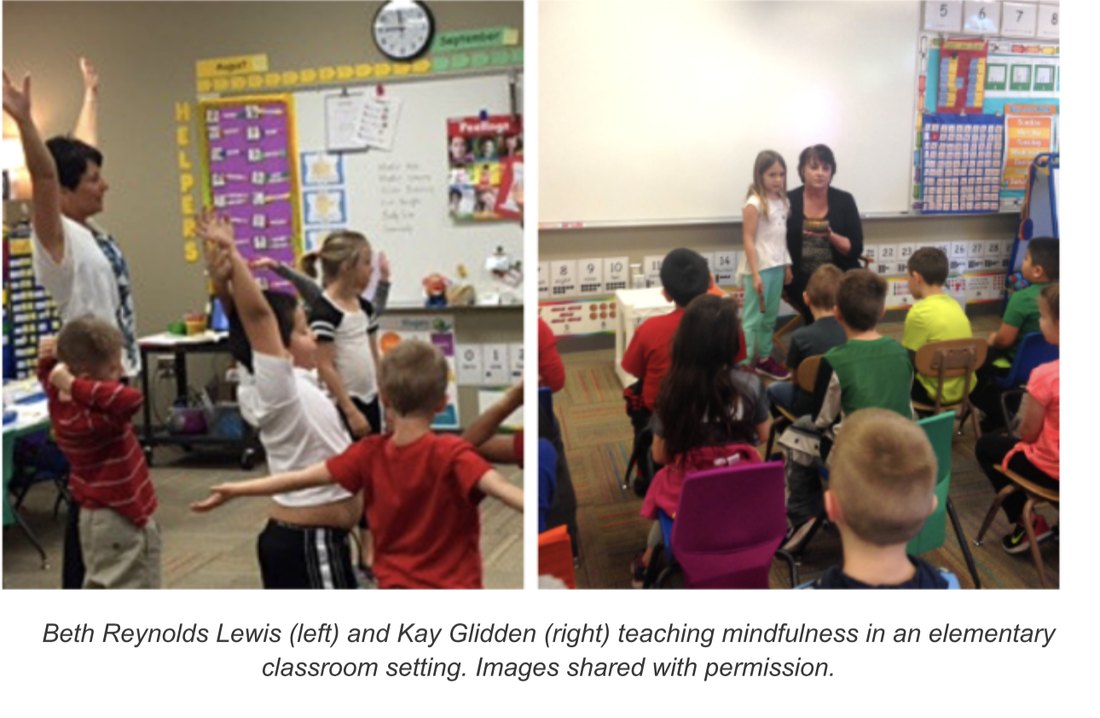|
Viewing the Classroom Through a Trauma-Informed Lens In this blog post, Kay shares about their experiences working with teachers and the importance of viewing the classroom through a trauma-informed lens. A principal who had attended one of our trainings told us that she was seeing more and more students with emotional trauma in her office. She gave the example of a teacher who had become so frustrated with a student that she told him to “get out of my classroom and go to the principal’s office.” Fortunately, this particular principal understood trauma-informed care. When the student arrived at her door, she asked what he needed to do to feel safe. He told her: “I need to build a fort.” So, she helped him build a fort in her office and sat down with him to share crackers and to talk. Once he was calm, he was able to return to the classroom, ready to learn. She understood that he wasn’t a “bad” kid who needed to be disciplined. He was a student with emotional trauma who needed help getting regulated. Trauma-Informed Teaching The National Child Traumatic Stress Network has found that 1 out of 4 children attending school have been exposed to a traumatic event. Teachers go to college to learn how to teach math, science, and reading –not mental health therapy. Thus, they are not often prepared to teach children who have emotional trauma. Teachers can also become quickly overwhelmed if they do not understand the impact of trauma on their students. Viewing the classroom through a trauma-informed lens can give clues as to why some students are triggered during fire drills or by a loud noise; why some students can’t sit still or stare out the window; or why some students are even triggered by going home during a school break. Teachers report that they are seeing more and more children with Adverse Childhood Experiences (ACE’s) in their classroom. Many students with trauma have also been misdiagnosed with ADHD. Giving teachers effective classroom management strategies to employ at the beginning of the school year can help to keep the classrooms under control. Strategies might include arranging the classroom in such a way to promote emotional regulation (considering noises and lighting) or using movement and mantras. Teaching students mindfulness skills can provide them with a toolbox for self-regulation including breathing techniques, meditation, mindful walking and eating. Self-care for Teachers
Teachers look a lot different in August (fresh and perky) than they do in April (total exhaustion). Many teachers are overwhelmed and many are, unfortunately, leaving the education field. Like many caregivers, teachers tend to help everyone else before themselves. At school, teachers hit-the-door running and are responding all day long. At home, they are parenting and grading papers. How can they find the time to practice any kind of self-care? In some classrooms, teachers may also be exposed to daily doses of traumatic stories from students and their families. One teacher told us that she had a high number of refugee students in her classroom. She was shocked to hear about the trauma they had endured. She often worried about her students, both at school and at home, and it had taken a toll on her emotional and physical health. Educators need to learn the difference between compassion fatigue, secondary trauma and burnout. This way they can understand their symptoms and then create a strategy to maintain their health and build resiliency throughout the school year. Trauma vs. Drama During a tornado drill at a middle school, one student often cried and got into a fetal position under her desk. This student absolutely refused to go into the hallway for the drill. The teacher got frustrated with what she perceived as “drama” – but after talking individually with the student, she learned that the student’s home had been severely damaged in a tornado. The tornado drill was actually triggering a past traumatic event. A difficult behavior that appeared to be drama was actually the result of trauma. As “disciplinary approaches”, students with trauma are often sent out of the classroom to a solitary room, recess is taken away, or behavior charts are used. These are not effective strategies. A better alternative may be providing a “calming corner” or “peace chair” in the classroom where students can go to get regulated or to do breathing exercises. Unfortunately, some teachers tell us that they do not have time for this “fluffy” approach of coddling students. However, we know that if teachers learn to apply these effective strategies for all students, they will have more time to teach in a classroom that will be calmer and less stressed. When teachers see students through a trauma-informed lens, the question isn’t “What’s wrong with them?” – but rather “What’s happened to them?” This perspective, combined with a positive relationship with the student, makes all the difference. Kay Glidden 3-26-19
0 Comments
Leave a Reply. |
AuthorKay Glidden Archives
May 2020
Categories |

 RSS Feed
RSS Feed